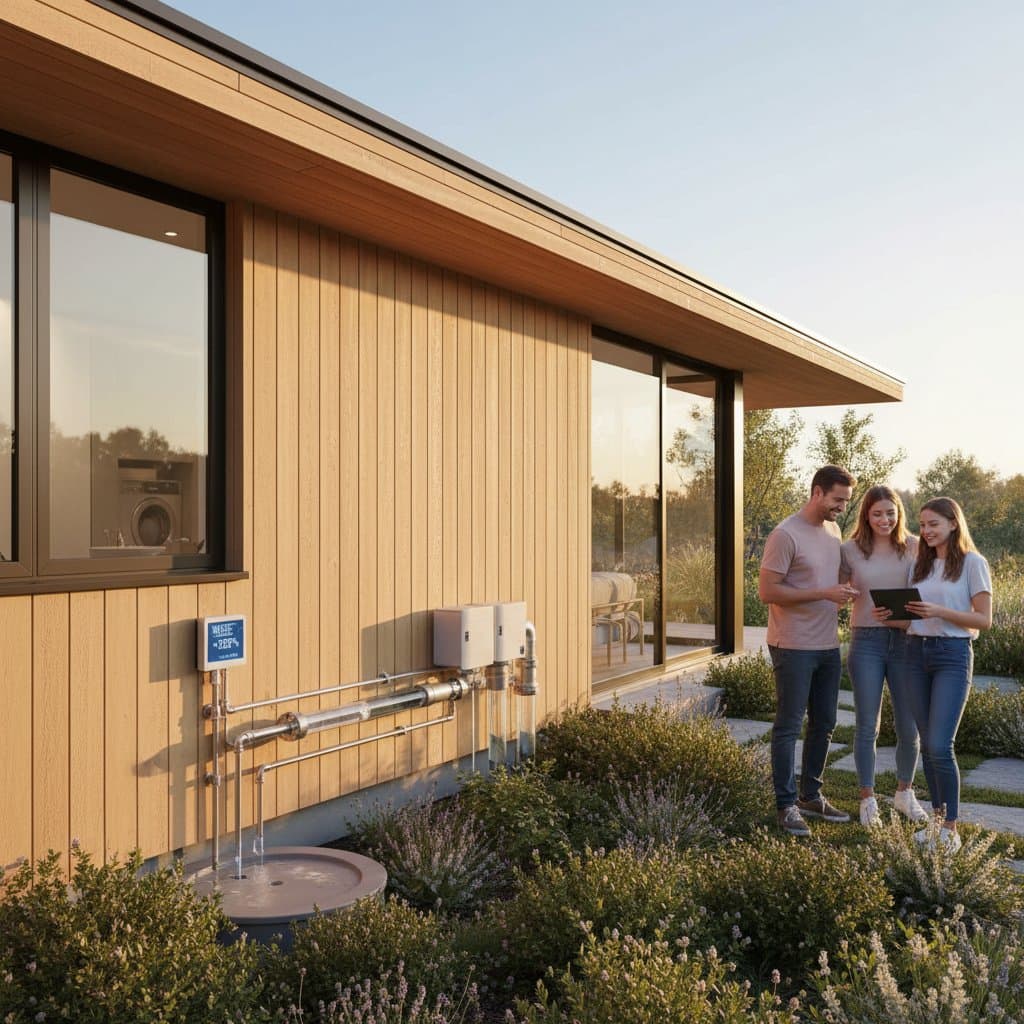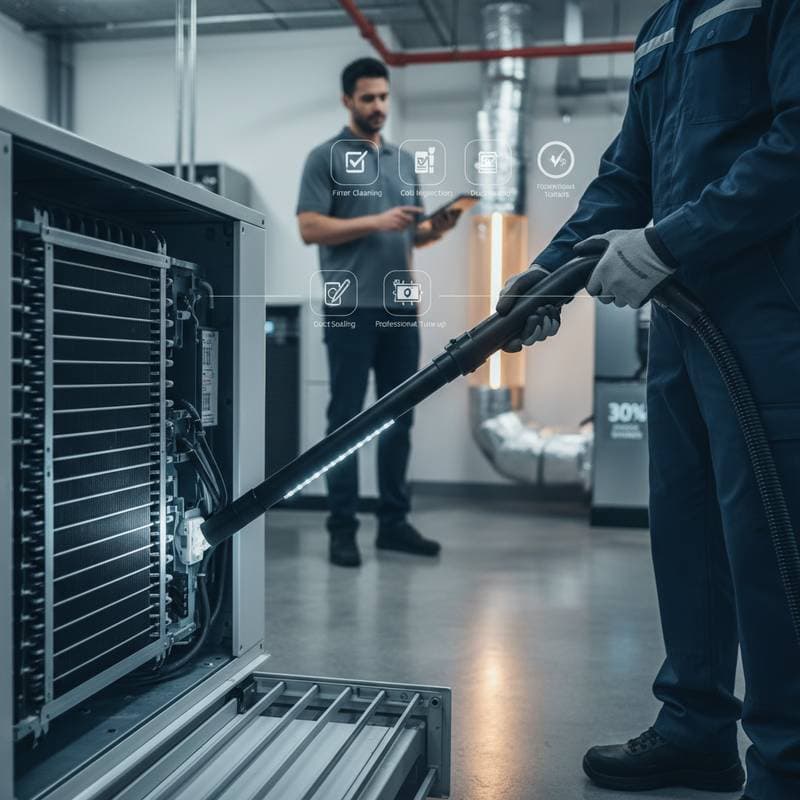Greywater Savings: 2025 Install Costs and Rebates
Homeowners increasingly adopt greywater systems to lower water bills and ease pressure on public water supplies. Consider the shower water that runs clear yet vanishes into the drain; a greywater recycling setup redirects this resource for irrigation or toilet flushing. Such systems deliver environmental gains alongside notable financial returns.
Why Greywater Systems Matter
Wasting water ranks among the costliest household errors, particularly in drought-prone regions with usage limits. Greywater systems collect water from showers, sinks, and laundry, then process it for non-drinking purposes. A modest setup reuses thousands of gallons annually, yielding hundreds in yearly bill reductions.
The National Kitchen & Bath Association reports that an average household generates 25 to 40 gallons of reusable greywater per person each day. Diverting this volume cuts overall water needs by as much as 35 percent.
Quick Answer: Typical Installation Costs
Basic gravity-fed systems for yard watering range from $1,500 to $3,000, covering parts and expert setup. Advanced models with filtration and storage for indoor applications, like toilets, cost $4,000 to $8,000. Comprehensive whole-home units featuring full filtration, controls, and tanks exceed $10,000 to $15,000.
For laundry-to-landscape options, DIY kits run $250 to $700 based on scale and components. Local regulations may require permits, plumbing modifications, or filters, adding $500 to $2,000.
Types of Greywater Systems and What They Include
1. Laundry-to-Landscape Systems
These draw from washing machine output.
Average cost stands at $250 to $1,000 for DIY or $1,500 to $2,500 installed.
They suit basic watering in single-level homes.
Components include a diverter valve, tubing, and mulch basins.
Maintenance involves filter cleaning every six months.
2. Branched Drain Systems
Sources encompass showers and sinks.
Installed costs fall between $2,000 and $4,000.
They work well for sloped irrigation areas.
Pipes branch via gravity to outlets.
Flush pipes yearly to clear sediment.
3. Pumped Filtration Systems
They handle water from various home fixtures.
Costs range from $6,000 to $12,000 for installation.
Ideal for flat sites or indoor redirection.
Elements comprise tanks, pumps, barrels, and UV disinfection.
Replace filters annually.
4. Whole-Home Greywater Recycling Systems
All greywater sources feed these units, from tubs to showers.
Prices start at $10,000 and climb higher.
Best for big families or builds.
Features automated controls, multi-stage filters, and tanks.
Inspect and clean quarterly.
The table below summarizes options:
| System Type | Cost Range | DIY Friendly | Indoor Use | Typical Maintenance |
|---|---|---|---|---|
| Laundry-to-Landscape | $250 - $2,500 | Yes | No | Clean filter twice a year |
| Branched Drain | $2,000 - $4,000 | Moderate | No | Annual pipe flush |
| Pumped Filtration | $6,000 - $12,000 | No | Yes | Replace filters yearly |
| Whole-Home System | $10,000 - $15,000+ | No | Yes | Quarterly service |
Understanding Rebates and Incentives
Utilities and municipalities provide rebates up to $2,000 for compliant greywater installations. Some waive permit costs or supply consultations. Systems require adherence to codes and certified filters for eligibility.
Visit your local water program site or building office prior to proceeding. Permits apply to indoor connections or drain changes. Basic laundry diversions often bypass permitting; verify locally.
Code Compliance and Design Tips
Plumbing regulations outline collection, treatment, and dispersal methods. Essential standards include:
-
One-inch minimum pipe size for lines.
-
Irrigation lines buried six inches deep.
-
Five- to ten-foot buffers from boundaries or wells.
-
Use or drain water within 24 hours to curb bacteria.
For effective design:
-
Assess yard slope; aim for two percent minimum in gravity setups.
-
Position outlets three feet from foundations.
-
Reserve treated, disinfected water for edibles.
-
Install diverters for sewer fallback during upkeep.
Common Mistakes to Avoid
Overlook these pitfalls to ensure success:
-
Select soaps free of boron, bleach, or excess sodium to protect plants.
-
Maintain filters to prevent clogs and inefficiency.
-
Balance application to avoid soil saturation or pests.
-
Add backflow valves to safeguard plumbing.
-
Incorporate pumps for level terrain to eliminate pooling.
Consult licensed plumbers for tailored, code-approved designs suited to your soil and layout.
Accessibility and Household Considerations
Adapt systems for mobility challenges with reachable diverter valves or self-cleaning filters. Pumped variants handle multi-level homes by elevating water to tanks or fixtures. Compact designs fit under sinks or in walls for tight spaces like studios.
DIY or Professional Installation?
Tackle laundry-based surface irrigation yourself over a weekend with these tools:
-
PVC cutter or hacksaw.
-
Adjustable wrench.
-
Teflon tape.
-
Hose clamps.
-
Drill and hole saw.
Professionals handle trenching, electrical, or integrations, comprising 40 to 60 percent of expenses. They guarantee inspections, leak-free operation, and regulatory compliance.
Maintaining Your Investment
Expect 15 to 20 years of service with biannual valve and pipe checks, timely filter care, and leak monitoring. Integrate timers and sensors for peak performance.
Savings depend on usage and rates but recoup costs in five to eight years via bills and incentives. The setup fosters resource stewardship in your home.
Steps to Install Your Greywater System
Evaluate your water sources and yard layout first. Select a system matching your needs and budget. Secure rebates, obtain permits, and choose installation based on complexity. Monitor performance post-setup to maximize returns.





